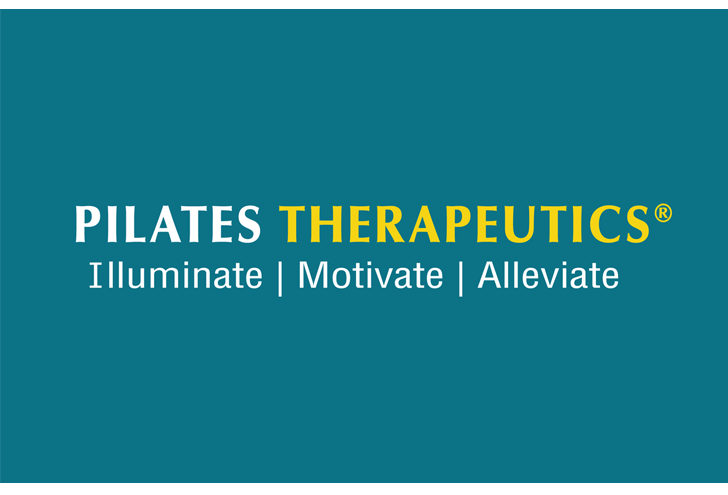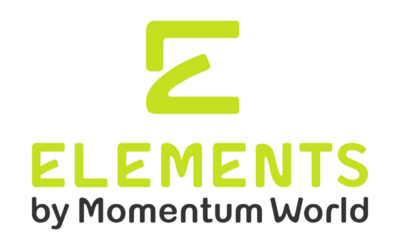Did you know that spinal asymmetry is not the only time to use cueing with the Sit Bones? Countless other conditions benefit from teaching by way of the pelvis, such as hip replacement, falls, prolonged cross-legged sitting or the likely unlevel walking surface of stiff feet. Neutral supine pelvis is easy to spot and cue along with equidistant feet on the foot barre, yet what about the value of the tail, the coccyx, finding a happy home with its neighbors?
Whatever spatial orientation the pelvis is in, supine, sitting, kneeling, prone, the Sit Bones maintain curious connections, behaving like precocious twins. One can go upwards, one can stray from the other. Weight can be more forward on one and toward the inside, medial side of the other. Countless variations.
Focus on their use in Pilates is legendary. Although they receive frequent mention in a class or session, their greatest opportunity for guidance or correction often escapes attention.
The cue of the “magnets between the Sit Bones” is now my mantra.
First a warning about the use of this cue. Many people immediately grip the ubiquitous “buns” or “bum”, holding the elusive quarter between the cheeks as if to stop an embarrassing accident. So, an introductory explanation is helpful.
Ask your clients to bend over and cradle the gluteals with soft hands and squeeze that soft tissue together. Then relax. Next place the fingers a bit more to the mid-line and gently pull the tissue between the gluteals together. It’s different, and more specific, creating a central tail-bone focus and balanced platform at the bottom of the pelvis.
After mastering the basic idea, try implementing the cue before a double leg stretch, providing good central leg tracks, or a Reformer feet- in straps leg circle sequence, where leg-opening imbalances may then pop out more clearly.
Recently, a client suffered an epic fall down a flight of stairs causing a tibial plateau break. Her right leg was hugging toward the left, giving her knee pain and weakness.
A favorite exercise addressing this imbalance is the ball-in-groin exercise. Take a soft nine-centimeter ball and place it high in between the legs at the groin. Bring the feet to the neutral leg position, something I call first parallel, where the second toe (next to the Great Toe) is lined up with the knee cap and mid-pant line, as much as possible. Cue the Sit Bone magnets. Next plie’ (standing elongated leg bend) in that form. Stay at the bottom of the bend with feet firmly on the floor. Linger a few seconds. Exhale, relax the ankles to soften into the bend a little more. Use the exhale to recoil at the bottom of the motion, straighten the legs and take a little heel rise. Gently lower. Soon, the errant Right Sit Bone then complied to give an equal distance to the mid-line.
Try the Sitz Bone connection in half-kneeling positions such as the half-kneeling thoracic rotation on the Reformer. This exercise is great for clients with anterior approach hip replacement. There might need to be some investigation or pre-stretching to be sure the client is at a point to benefit with the exercise.
Scar tissue in the pelvis can remain indefinitely. It’s best if the client can half kneel on the Reformer carriage straightaway, yet modify as needed. Observing the client’s pelvis from the posterior, note which side promotes more hip hike on the bent leg side. Consider performing the exercise on the easier, non-replacement side first. Spot the client while they hold the rope’s hand grip and begin to rotate. Afterward, try the more difficult side. Use the fascial re-shaping principles of bracelet-rubbing the soft tissue around the thigh, creating friction and heat. Next cue anchoring the high kneel support-leg Sit Bone. Then cue the flexed leg Sitz Bone to the support side. Heat, repetitive motion, and tensioning body pressure will help your client to bone balance, one Sitz Bone at a time.
Finding neutral Sit Bones, and guiding wayward Sit Bones through fascial re-shaping, aids in correcting asymmetry.
By Dr. Suzanne Clements Martin



